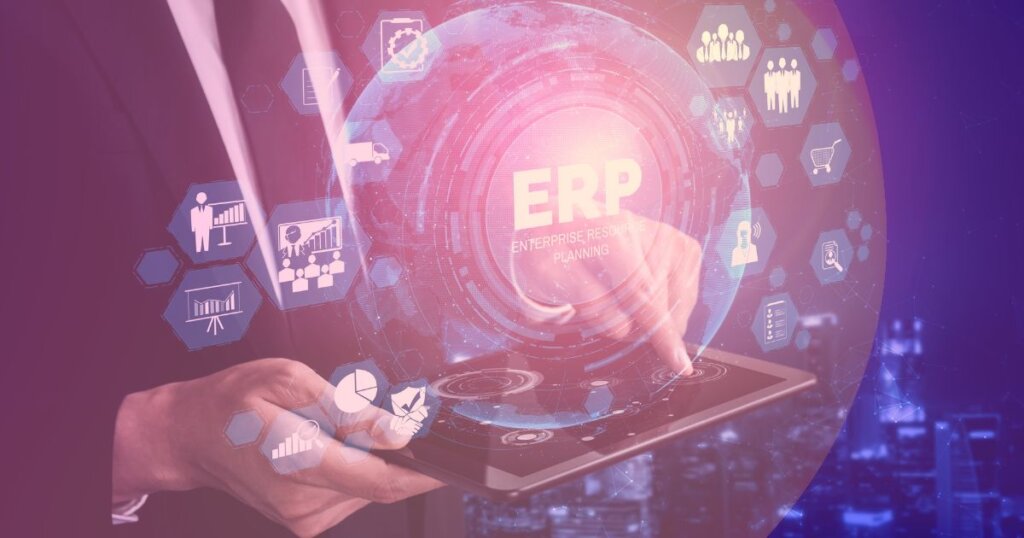Unlocking Business Growth: My Story with Multi-Tenant ERP Solutions
Let me tell you a story. It’s a story about frustration, confusion, a little bit of fear, and ultimately, a huge sigh of relief and a whole lot of growth. If you’re a business owner, a manager, or anyone who’s ever stared at a spreadsheet wondering how on earth to connect all the dots in your company, this tale might resonate with you.
My journey began a few years ago when my business, a growing e-commerce venture, started feeling the growing pains. Orders were piling up, inventory was a constant guessing game, customer service struggled with fragmented information, and our financial reporting felt like a patchwork quilt. I knew we needed something more robust, something that could tie everything together. Everyone kept whispering "ERP," but the term itself sounded like a monstrous, expensive beast reserved only for giant corporations.
A Familiar Frustration: The ERP Conundrum
I remember those initial days of research. My head spun with acronyms and technical jargon. On-premise? Cloud? SaaS? I just wanted a solution that worked, that wouldn’t break the bank, and that wouldn’t require me to hire a team of IT specialists just to keep it running. The traditional ERP systems I read about sounded like a massive undertaking – buying expensive servers, installing complex software, constant maintenance, security headaches… it felt like buying a private jet when all I needed was a reliable car.
My biggest fear was the upfront cost and the sheer complexity. I envisioned months of implementation, frustrated employees, and a colossal drain on our resources. I was close to giving up, thinking perhaps we just weren’t "big enough" for ERP, and we’d just have to muddle through with our scattered spreadsheets and disjointed tools.
Demystifying ERP: What Even Is It?
Before I dive into my "aha!" moment, let’s quickly demystify ERP for anyone who’s where I was. ERP stands for Enterprise Resource Planning. Think of it as the central nervous system of your business. It’s a suite of integrated software applications that manages and connects all core business processes – like finance, human resources, manufacturing, supply chain, services, procurement, and more – into a single, comprehensive system.
Instead of having separate systems for accounting, inventory, and sales, an ERP system pulls all that data into one place. This allows different departments to share information, work more efficiently, and gives management a real-time, holistic view of the entire operation. My business desperately needed this kind of clarity and efficiency.
The Cloud: My First Glimmer of Hope
Then came my first real "aha!" moment: Cloud ERP. This was a game-changer. Suddenly, I didn’t need to buy servers or install software. The ERP system lived on the internet, accessible from anywhere, anytime. This sounded much more manageable, like renting a car instead of buying one. It brought down the upfront cost significantly, shifting it to a more predictable monthly subscription.
This "Software as a Service" (SaaS) model felt like a breath of fresh air. But even within Cloud ERP, there were different flavors. And that’s when I stumbled upon the concept that truly changed everything for my business: Multi-Tenant ERP Solutions.
Then Came the Revelation: Multi-Tenant ERP Solutions
This is where the magic happened. My consultant, a wise and patient person, explained Multi-Tenant ERP to me using an analogy that finally clicked.
"Imagine you live in an apartment building," she said. "Everyone in the building has their own apartment – their own space, their own furniture, their own privacy. But you all share the same building infrastructure: the same foundation, roof, plumbing, electricity, and the same maintenance crew. When the landlord decides to upgrade the building’s heating system, everyone benefits from the new, more efficient system without having to do anything themselves."
"Now, imagine a Single-Tenant ERP solution as owning your own private house. You have complete control over every single detail – the paint color, the garden layout, the type of boiler you install. But you’re also solely responsible for everything: buying the land, building the house, all the repairs, all the maintenance, and all the upgrades. It’s yours, and only yours."
Suddenly, it made perfect sense!
Multi-Tenant ERP Solutions mean that multiple customers (tenants) share the same instance of the software application and the same database. Crucially, while they share the underlying infrastructure, their data is completely isolated and secure from each other. It’s not just "shared" in a loose sense; it’s architected from the ground up to serve many customers efficiently and securely on a single code base.
This was in stark contrast to Single-Tenant ERP, where each customer gets their own dedicated instance of the software and their own database. While this offers maximum customization and control (like that private house), it comes with significantly higher costs, more complex maintenance, and slower upgrade cycles.
The more I learned, the more I realized Multi-Tenant ERP was exactly what my growing business needed. It offered the benefits of Cloud ERP, but with an added layer of efficiency and cost-effectiveness that felt tailor-made for companies like mine.
Why I Fell in Love: The Irresistible Benefits of Multi-Tenant ERP
Here’s why Multi-Tenant ERP became the hero of my business story:
-
Remarkable Cost-Effectiveness:
- No Upfront Hardware Costs: My budget breathed a huge sigh of relief. No expensive servers, no complex networking gear. The ERP provider handles all the infrastructure.
- Shared Infrastructure, Shared Costs: Because the provider is serving hundreds or thousands of "tenants" on the same platform, the operational costs are spread out, making the monthly subscription much more affordable than a dedicated single-tenant solution. This significantly lowers the Total Cost of Ownership (TCO).
- Predictable Expenses: A fixed monthly or annual fee made budgeting a dream. No more unexpected maintenance bills or upgrade surprises.

